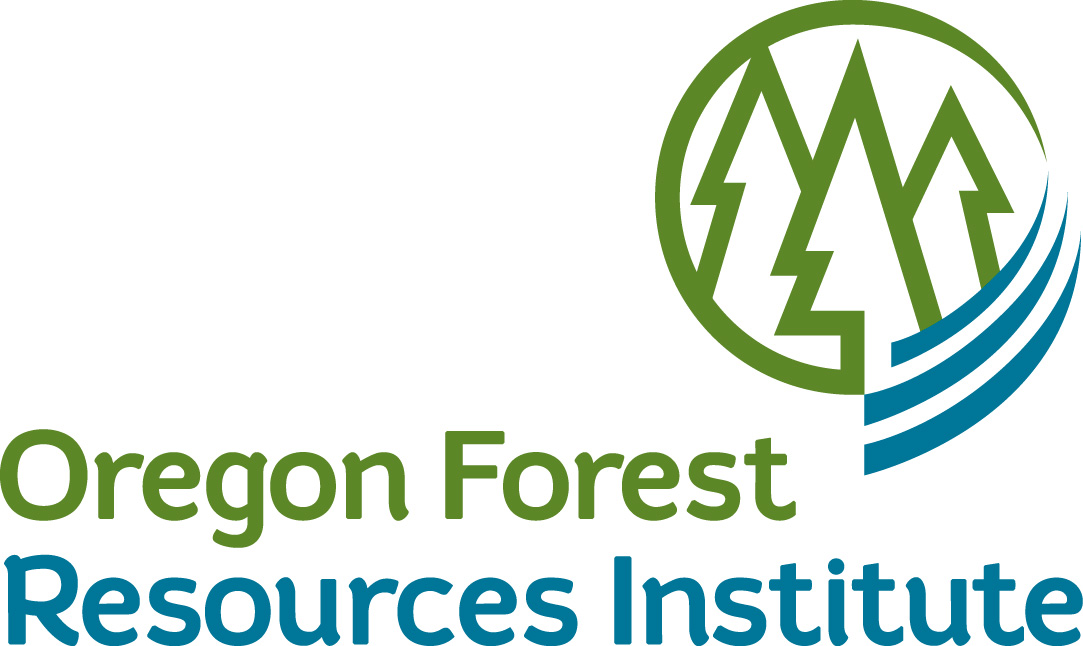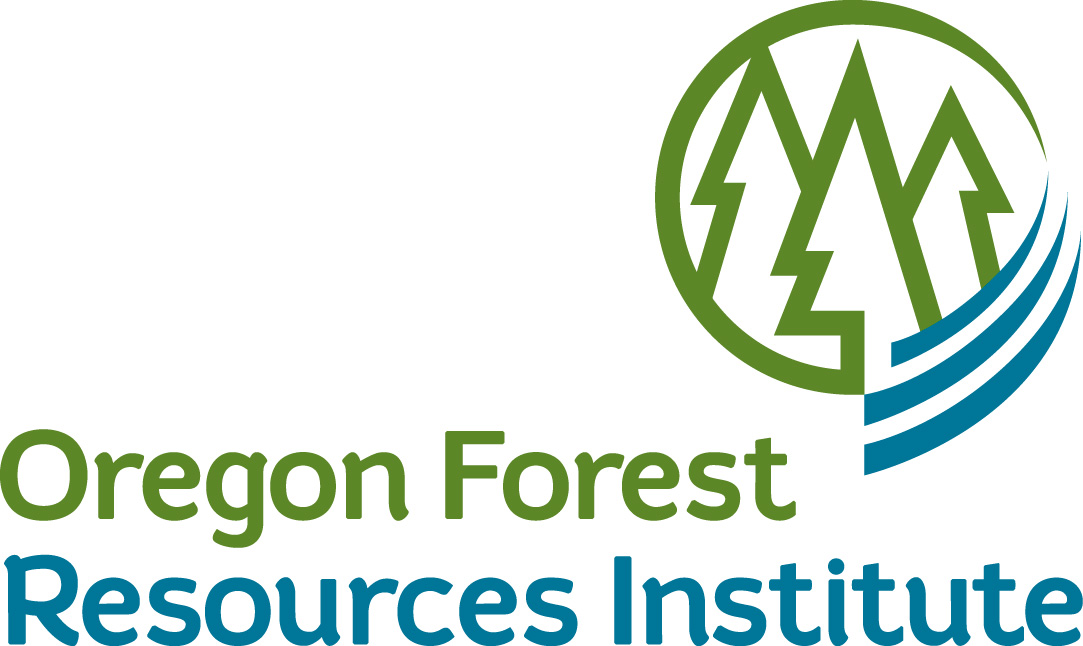SAF Learning
2016 Silviculture: Forest Ecology and Data Informing Decisions Conference Recordings
-
You must log in to register
- Non-member - Free!
- Member - Free!
View these 23 presentations under the Contents tab:
Boots on the Ground Guidelines
A Northern Red Oak Crop Tree Marking Protocol for Training New Timber Markers, Michael Demchik, University of Wisconsin Stevens Point
Developing Wisconsin’s Silviculture Guidelines: Integrating Science, Field Experience, and Partner Involvement, Greg Edge, Wisconsin Department of Natural Resources
Forested and Riparian Ecological Site Descriptions: A Tool for Conservation Management, Stacey Clark, USDA-NRCS
Norms and Efficiencies in Subsampling Stems for Total Height Measurement, Nan Pond, SilviaTerra
Eastern Silviculture & Forest Ecology
Benefits of Mixedwood Management: Reduced Spruce Budworm Impacts in Acadian Spruce-Fir Hardwood Forests, David MacLean, University of New Brunswick
Northern Red Oak Regeneration: 25-year Results of Cutting and Prescribed Fire in Michigan Oak and Pine Stands, Joshua Granger, University of Tennessee
Maintaining the Softwood Component in Yellow Birch-Conifer Stands of Eastern Canada: A Great Challenge, Patricia Raymond, Quebec Ministry of Forest, Wildlife and Parks
Putting the ‘Mixed’ in Mixedwoods: Silvicultural Approaches to Shortleaf Pine Regeneration in Pine-Oak Forests, Benjamin Knapp, University of Missouri
Northern Silviculture & Forest Ecology
Forest Understory Vegetation Exhibits Increased Diversity and Structural Variation Under Residue Removals, Michael Premer, Michigan Technological University
Long-term Regeneration Dynamics in Northern Hardwood Forests of the Northeast, Nicole Rogers, University of Vermont
Long-term Biomass Dynamics across a Range of Oak-Pine Mixedwood Conditions in Southern Maine, Justin Waskiewicz, University of Vermont, Rubenstein School of Environment and Natural Resources
Northwestern Silviculture & Forest Ecology
Forest Responses to Nitrogen and Potassium Fertilization across Common Inland Northwest Parent Materials, Andrew Nelson, University of Idaho
Effects of Chemical Vegetation Control on Understory Community Dynamics in Douglas-fir Plantations, Maxwell Wightman, Oregon State University
Southern Silviculture & Forest Ecology
Opportunities and Benefits of Using Biosolids and Compost for Fast Growing Plantations, Donald Rockwood, University of Florida
Managing Multi-Aged Longleaf Pine Forests: Overstory and Regeneration Response to Harvest Treatment, Steve Jack, Jones Ecological Research Center
A Size-class Growth and Yield System for Even-Aged Longleaf Pine, Dwight Lauer, Silvics Analytics
Practical Applications of Southern Pines Growth, Yield and Carbon Balance Model, Jarek Nowak, Florida Forest Service
Will Chinese Tallow Outcompete Two Fast-growing Native Tree Species?, Lauren Pile, Clemson University
Western Silviculture & Forest Ecology
Southwestern White Pine Seedling Tolerances to a Changing Climate: Early Results from Common Gardens, Jessica DaBell, Northern Arizona University
Challenges and Opportunities for Maintaining Ponderosa Pine Forests in the Southwestern U.S., Thomas Kolb, Northern Arizona University
Can Past Silvicultural Treatments Build Resistance and Resilience to a Spruce Beetle Epidemic?, Marcella Windmuller-Campione, Utah State University
Surviving Against the Odds: A Silvicultural Approach to Monterey Pine Regeneration and Pitch Canker, Tori Norville, Cal Poly
Moderate to High-severity Wildfires Shift Stand Composition in the Southern Cascades, California, Kathryn R. Kidd, Stephen F. Austin State University
Key:
Browser Recommendation
Use Chrome, Firefox, Edge, or Safari.
DO NOT USE Internet Explorer.
Quick Search
Customer Support
If you need assistance with registration, accessing a ForestEd product you purchased, or other customer service-related issues, please email ForestEdSupport@safnet.org during normal office hours: Monday - Friday, 9:00 am - 5:00 pm ET.
Sponsors
ForestEd Suggestion Box
Technical Support
For technical support, email ForestEdSupport@safnet.org



